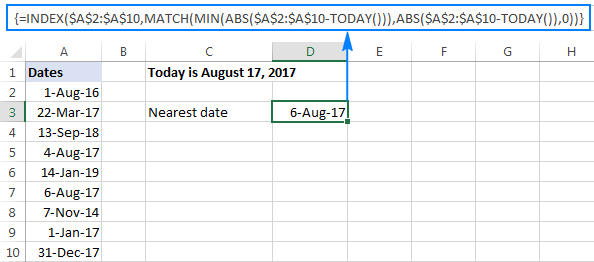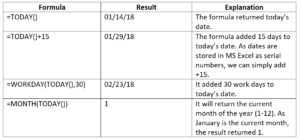

This is also a simple function with no arguments.

This means if we include this function in a workbook and send it to someone else in a different time zone, their results could be different.


It will return the current date based on the user’s PC settings. This is a very simple function and has no arguments. This means the date and time will always update to the current date and time. We will also be able to force them to recalculate by pressing the F9 key. These are volatile functions, which means any change in the Excel workbook will cause them to recalculate. FunctionsĮxcel has two functions that will give us the date and time. This shortcut also works while in edit mode and will allow us to insert a hardcoded date into our formulas. Pressing Ctrl + Shift + will enter the current time into the active cell Pressing Ctrl + will enter the current date into the active cell. The dates and times created will be current when they are entered, but they are static and won’t update. These are both quick and easy ways to enter the current date or time into our Excel workbooks. Video TutorialĮxcel has two great keyboard shortcuts we can use to get either the date or time. In this post, we’re going to look at 5 ways to get either the current date or current time into our workbook. The great news is there a lot of ways to get this information into Excel. Let’s extend the previous example by changing the Dynamic Formula to a Repeating Dynamic Formula.The current date and time is a very common piece of data needed in a lot of Excel solutions. If you want it to repeat, use a Repeating Dynamic Formula as shown next. In this case, the total does not repeat for each row. The output from this merge would look like this: We’ll create a template that includes a Dynamic Formula to find the product of the price multiplied by the quantity. We’ll start with a Template Builder window that looks like this: (This example is purely academic – Salesforce already computes the product for you.) Say we’re creating a quote using Opportunities with Opportunity Line Items and we’d like to do some of the math for each Line Item in Excel. would mean to reference a cell one row above the current row Used in conjunction with a column letter to indicate a particular cell offset by the number of rows indicated by the integer. Offset to current row number, where integer is a positive or negative number that represents the number of rows above or below the current row. Used in conjunction with a column letter to indicate a cell on the current row.


 0 kommentar(er)
0 kommentar(er)
